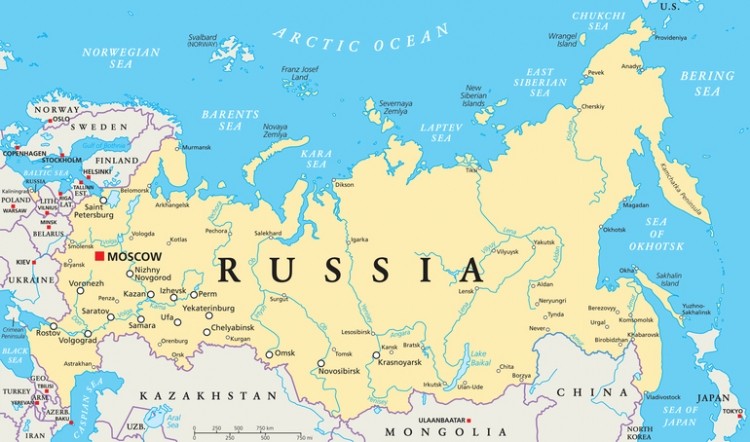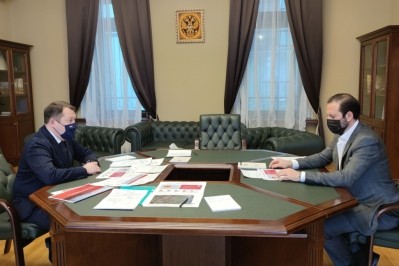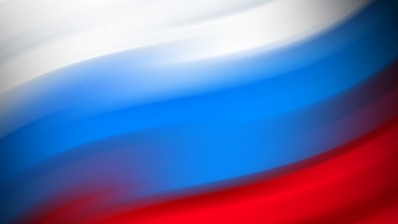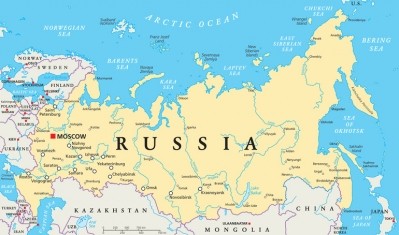Russia’s Cherkizovo group expands feed production capacity

It reported that it has increased its installed capacity for such feed production at its mill in the Voronezh region. A new line produces 33 tons of ‘mixed feeds’ per hour, it said.
The additional output, it said, will strengthen its leadership position on the Russian market. It said it has produced 1.65m tons of ‘mixed feeds’ this year, compared to 1.57m tons in 2016.
Cherkizovo reported consolidated revenue of RUB 82.4bn (US$1.43bn) in 2016. Its shares are traded on the London Stock Exchange (LSE) and the Moscow Exchange (MOEX).
Record winter wheat harvest
The group, which has a grain division comprising 287,000 hectares (ha) agricultural land and grain elevators, also announced on 12 October it has already harvested more than 109,000 ha, equal to 64% of the total crop area.
The harvested volume exceeded 465,000 tons, while the average yield on cereals increased by 17% compared to the target level, it added.
In September, the group reported that it had harvested 270,000 tons of its winter wheat crop, nearly twice the 2016 output of 140,000 tons.
“This growth was achieved through the expansion of winter wheat acreage. The area increased by 22,500 hectares (ha), mainly due to the acquisition of NAPKO [finalized in April 2017], resulting in the growth of the group’s’ total land bank by 147,000 ha, with land located in Lipetsk, Tambov and Penza regions, which are strategically important areas for the Group.”
In the 2016/2017 growing season, the winter wheat acreage amounted to 49,900 ha, compared to 25,600 ha last season, in line with its crop production strategy. In the coming season, the group said it plans to increase total acreage by around 10% to 55,200 ha.
In addition, it said over 82,000 tons of spring wheat and 45,000 tons of barley have now been harvested this year.
“Yields for spring wheat were 23% higher than planned.”
Active harvesting of soybean and sunflower harvesting is now underway - the group forecasted its soybean harvest at 33,000 tons, while the production of oilseeds is expected to reach 49,000 tons.
The Group’s annual report 2016 showed its strategic long-term objective is to increase its harvest volumes to 1,500,000 tons by 2020. “This would ensure the group’s full self-sufficiency in terms of grain for internal animal feed production. In order to further improve our cost efficiency, we are planning to increase the share of the corn and soy in the crop mix to 80%, while reducing the production cost to 5 RUB/kg and to 12 RUB/kg respectively, as well as the corn processing cost to RUB 600 per ton of product.”
Russian feed production outlook
The Russian Ministry of Agriculture and the Russian Feed Union recently forecast that feed production in Russia will continue to increase by 3 to 4% annually, according to a recent USDA report, though the USDA cited other experts, such as ProZerno, as predicting a more moderate rise of around 1 or 2% per year.
The Union estimated that, by 2025, production of feed for poultry in Russia would reach 18.0 MMT, an increase of 29% over production of that in 2016. The Union said feed for pork looks likely to grow the most. Feed for aquaculture is also said to have strong growth potential.
Kharon Amerkhanov, director of the livestock and breeding department of the Russian Ministry of Agriculture, told a feed conference in Moscow in April this year that the government is supportive of the development of the feed sector. The Ministry is currently co-financing 77 feed production projects, estimated at a cost of 22.3 billion rubles, he added.
Challenges
Valeriy Afanasyev, head of the Russian Feed Union, highlighted some particular problems faced by the feed sector in Russia while speaking at the same event.
As a result of the use of non-balanced feed ratios, in terms of proteins and amino acids, animals in Russia often have to consume twice the amount of feed - by volume - compared with the prescribed norms in other countries, he said.
He emphasized the importance of developing a more balanced feed ratio in Russia, incorporating by-products from the food industry in the production of feed, such as corn gluten, molasses, dried sugar beet chips, brewers waste and distillers dried grains. Currently, the Feed Union estimates the share of grain in animal feed in Russia is 70%, compared to only 40 to 45%, on average, in the EU.
Due to the higher percentage of grain in feed rations, large fluctuations in grain prices can severely affect feed prices, he added.








